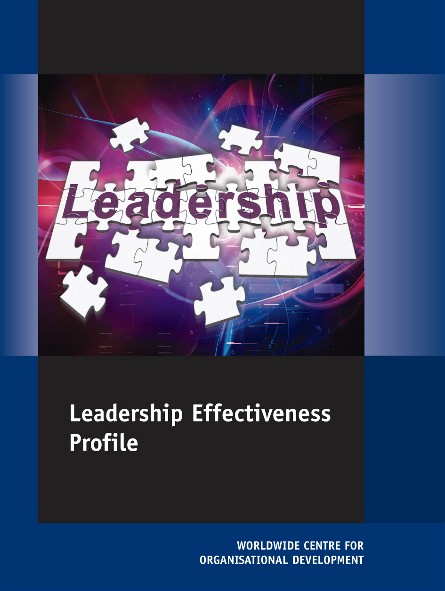
The whole concept of work-life balance only emerged in the mid 1980’s as people in the workplace began to feel that the pace and the stress of work was starting to “leak” into what they would previously have seen as their personal time. But to this early feeling of personal time “squeezing”, we can now add at least two other factors which have made the work-life balance more and more difficult. These are the current increasing demands on leaders and the broader reach of technology. Let’s therefore look at all three of these factors in a little more detail.
Time squeezing
Long working weeks (and very little in terms of annual or sick leave) were a standard feature of the industrial revolution. However, by the early 1900’s, limits on the number of hours worked in a day, weekends off for most people, and time off for sickness and vacations became standard in developed countries. Workers, all over the western world at least, could therefore expect to work around 40-45 hours a week up until the late 1970’s when the situation began to shift in the other direction again. Following two significant international recessions in the 1970’s, many organisations started to look at ways to create more workplace flexibility. In particular, this often meant not replacing people who left and then elongating both the working day and working week. In some cases this was compensated but in others it was expected as one way in which to demonstrate commitment and loyalty. This latter trend was especially true for leaders who increasingly began to get caught up in an almost competitive cycle of who can stay around the longest or do the best at keeping everyone happy.
Today, the working time landscape has changed even more dramatically. Starting “early” and finishing “late” are commonplace, weekend work is performed by a majority of people everywhere and vacations are variously not taken, cut short or heavily interrupted by the organisation as a matter of course. Perhaps even worse, many positions are now short-term or temporary in terms of contractual commitments, which may mean that vacation time and sick-leave are not compensated at all when they occur.
Greater demands on leaders
As a result of the recessions of the 1970’s, from the early 1980’s organisations began to “thin-out” leadership positions in order to save money. One significant implication of this was that the fewer leaders left behind had more demands placed upon them, including more time demands and greater pressure in terms of decisions and outcomes. At an administrative level alone this extra pressure has meant that most leaders must now work considerably harder and longer to maintain coordination and control of teams of people. This is made even more difficult when people are volunteers. In the current situation, work is happening in many locations and even in different work patterns.
The reach of technology
Technology changes through the last 20 years or so have had the greatest impact in terms of work-life balance. In today’s world, the equipment or tools used to perform leadership roles are a computer, tablet, PDA or mobile phone (most of which are now as “smart” as the computers of only a few short years ago). Leaders are therefore expected to use most of these tools (including the many software packages, apps and other technologies bundled with them) to accomplish their work, taking them well beyond the physical boundaries of their traditional roles. The practical implication of this is that leaders may now respond to many emails, text messages, mobile phone calls or voice mails after hours or during the weekend.
Now, it is a rare organisation that does not use computers, cloud-based software and smart phones. They also like and expect their leaders to stay connected even when they are not in the office. As a result, communication technologies have been growing even further, defining a new workplace in which leaders are more connected to the jobs in time and energy than to anything that might be going on in their home or personal life. Inevitably, the more this happens, the more work-life imbalances arise.
So what can be done about these pressures on work-life balance?
There are no easy fixes to any of the three pressures described above. Our working world is not only transformed but is likely to keep evolving as technology continues to develop even further. Nonetheless, the advancement of technology has positive and negative aspects to it. Yes, time is squeezed, leaders are fewer, and being in touch is now almost a 24/7 affair, but with this change comes much more freedom too. Leaders can cut down on travel time, deal with issues electronically and even fit things in from their personal life that would never have worked in the traditional “nine till five” working world of the past. It is important to regard change not so much as a “threat” to our personal time but as an “opportunity” to re-shape how we work and live. Put another way, we need to find new ways to get the breathing space we need. It may not be the same as it was, but it might just be better.
Related Resources
Although there are different views about what constitutes leadership excellence, it is possible to distill the key themes or broad categories from which most good leaders will draw to a greater or lesser extent. In total, eight categories are in the Leadership Effectiveness Profile (LEP) – By completing this profile, the individual will get a strong indication regarding which of the eight categories need development.
Leadership Effectiveness Profile (PDF)




Comment here